Home>Home Appliances>Bathroom Appliances>How A Digital Weight Scale Works
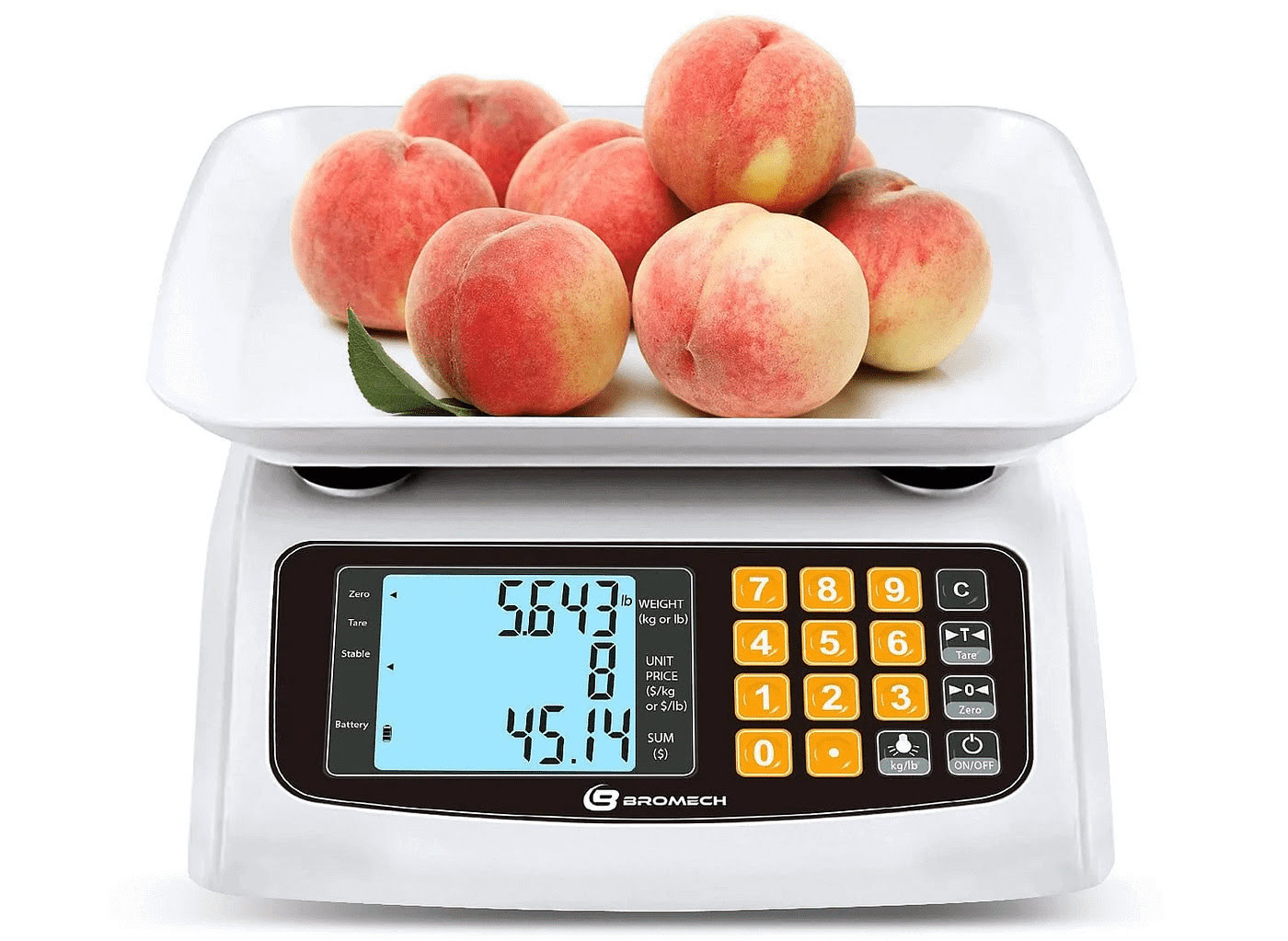

Bathroom Appliances
How A Digital Weight Scale Works
Modified: October 18, 2024
Discover how digital weight scales function and their role in bathroom appliances. Learn about the technology behind these essential devices.
(Many of the links in this article redirect to a specific reviewed product. Your purchase of these products through affiliate links helps to generate commission for Storables.com, at no extra cost. Learn more)
Introduction
Digital weight scales have become an indispensable part of modern households, fitness centers, and medical facilities. These innovative devices have revolutionized the way we measure weight, offering accuracy, convenience, and advanced features that traditional analog scales cannot match. Whether you're tracking your fitness progress, managing your health, or simply keeping an eye on your weight, digital weight scales provide a reliable and efficient solution.
The evolution of weight measurement technology has seen a significant shift from mechanical scales to digital counterparts. Unlike their analog predecessors, digital weight scales utilize advanced electronic components and sophisticated algorithms to deliver precise and consistent weight readings. This transition has not only simplified the process of weight measurement but has also enhanced the overall user experience.
In this comprehensive guide, we will delve into the intricate workings of digital weight scales, exploring their components, functionality, underlying technology, accuracy, advantages, and limitations. By gaining a deeper understanding of how these devices operate, you will be better equipped to make informed decisions when selecting a digital weight scale that aligns with your specific needs and preferences.
Join us on this enlightening journey as we unravel the mysteries behind digital weight scales, shedding light on the technology that powers these modern marvels and uncovering the factors that contribute to their reliability and precision. Whether you're a fitness enthusiast, a healthcare professional, or an individual seeking a dependable weight measurement solution, this exploration will equip you with the knowledge needed to navigate the world of digital weight scales with confidence and clarity.
Key Takeaways:
- Digital weight scales use advanced technology like load cells and microcontrollers to provide accurate and user-friendly weight measurements, making them essential for personal, medical, and fitness use.
- While digital weight scales offer precision and advanced features, they depend on power sources and are sensitive to environmental factors, requiring users to consider both their benefits and limitations when making a choice.
Read more: How To Fix A Weight Scale
The Components of a Digital Weight Scale
Digital weight scales are equipped with a range of sophisticated components that work in unison to deliver accurate and reliable weight measurements. Understanding the intricate makeup of these devices provides valuable insight into their functionality and sets the stage for appreciating their technological prowess. Let's explore the essential components that form the backbone of a digital weight scale:
-
Load Cell: At the heart of a digital weight scale lies the load cell, a vital component responsible for converting the force of the weight applied to the scale into an electrical signal. This signal is then processed to determine the precise weight measurement. The load cell's sensitivity and precision play a pivotal role in ensuring accurate readings, making it a critical element of the scale's functionality.
-
Strain Gauges: Working in conjunction with the load cell, strain gauges are instrumental in detecting the minute deformations that occur when weight is applied to the scale. These deformations, often imperceptible to the human eye, are translated into electrical signals by the strain gauges, contributing to the overall accuracy of the weight measurement.
-
Microcontroller: Digital weight scales are equipped with a microcontroller, a small but powerful integrated circuit that serves as the brain of the device. The microcontroller processes the electrical signals received from the load cell and strain gauges, performs necessary calculations, and displays the weight measurement on the scale's digital screen. Its ability to swiftly and accurately process data is fundamental to the scale's performance.
-
Display Screen: The digital display screen is a prominent feature of digital weight scales, providing users with clear and easy-to-read weight readings. This component utilizes LED or LCD technology to present the measured weight in a visually accessible format, enhancing user experience and eliminating the need for manual interpretation of analog dials.
-
Power Source: To operate effectively, digital weight scales require a reliable power source, typically in the form of batteries or a direct electrical connection. The power source supplies the necessary energy to drive the scale's electronic components, ensuring consistent performance and uninterrupted functionality.
-
Outer Casing and Platform: The outer casing and platform of a digital weight scale serve as the physical foundation for the device, offering durability and stability. The platform is designed to accommodate the user's weight while ensuring even distribution of force on the load cell and strain gauges. Additionally, the outer casing provides protection for the internal components, safeguarding them from external elements and impacts.
By understanding the intricate interplay of these components, users can gain a deeper appreciation for the technological sophistication that underpins digital weight scales. This knowledge empowers individuals to make informed choices when selecting a scale that aligns with their specific requirements, whether for personal, medical, or fitness-related use.
The Functioning of a Digital Weight Scale
The functioning of a digital weight scale is a testament to the seamless integration of advanced technology and precision engineering. When a user steps onto a digital weight scale, a series of intricate processes are set into motion, culminating in the accurate measurement of their weight. Understanding the underlying mechanisms behind this seamless operation provides valuable insight into the reliability and efficiency of digital weight scales.
Upon stepping onto the scale, the load cell, a fundamental component of the scale, springs into action. As weight is applied, the load cell undergoes minute deformations, which are detected by the strain gauges. These imperceptible deformations are swiftly converted into electrical signals, capturing the precise force exerted by the user's weight. This crucial step forms the foundation for the accurate measurement of weight, showcasing the sensitivity and responsiveness of the scale's components.
The microcontroller, often referred to as the brain of the scale, receives the electrical signals from the load cell and strain gauges. This pivotal component processes the incoming data with remarkable speed and accuracy, performing intricate calculations to derive the user's weight. The microcontroller's ability to swiftly interpret and analyze the electrical signals is a testament to the scale's advanced technology, ensuring that the weight measurement is precise and reliable.
Simultaneously, the digital display screen comes to life, presenting the user with a clear and easily readable representation of their weight. Whether utilizing LED or LCD technology, the display screen eliminates the need for manual interpretation of analog dials, offering a user-friendly interface that enhances the overall experience. The instantaneous presentation of the weight measurement underscores the efficiency and convenience of digital weight scales, catering to the modern user's need for swift and accessible information.
The culmination of these synchronized processes results in the seamless functioning of a digital weight scale, where accuracy, speed, and user-friendliness converge to deliver a comprehensive weight measurement experience. By gaining insight into the inner workings of these devices, users can develop a deeper appreciation for the technological sophistication that underpins digital weight scales, empowering them to make informed decisions when selecting a scale that aligns with their specific needs and preferences.
This detailed understanding of the functioning of digital weight scales underscores their reliability and precision, positioning them as indispensable tools for individuals seeking accurate weight measurement solutions in various settings, from personal use to medical and fitness applications.
The Technology Behind a Digital Weight Scale
The technology underpinning a digital weight scale represents a harmonious fusion of advanced electronic components and precision engineering, culminating in a sophisticated system designed to deliver accurate and reliable weight measurements. At the core of this technology is the load cell, a pivotal component that serves as the primary force transducer. When weight is applied to the scale, the load cell undergoes minute deformations, which are detected and translated into electrical signals by the accompanying strain gauges. This seamless process captures the precise force exerted by the user's weight, laying the foundation for accurate weight measurement.
The microcontroller, often referred to as the brain of the scale, plays a central role in processing the electrical signals received from the load cell and strain gauges. This small yet powerful integrated circuit swiftly and accurately performs intricate calculations, ultimately displaying the user's weight on the scale's digital screen. The microcontroller's ability to rapidly interpret and analyze data showcases the scale's advanced technology, ensuring that the weight measurement is precise and consistent.
Furthermore, the digital display screen, whether utilizing LED or LCD technology, provides users with a clear and easily readable representation of their weight. This component eliminates the need for manual interpretation of analog dials, offering a user-friendly interface that enhances the overall experience. The instantaneous presentation of the weight measurement underscores the efficiency and convenience of digital weight scales, catering to the modern user's need for swift and accessible information.
In addition to these fundamental components, the technology behind a digital weight scale encompasses intricate algorithms and calibration processes that contribute to its accuracy and reliability. These algorithms are designed to compensate for factors such as temperature variations and ensure consistent performance across diverse environmental conditions. Calibration procedures, often integrated into the scale's software, further enhance its precision, allowing for periodic adjustments to maintain accuracy over time.
The seamless integration of these technological elements underscores the sophistication of digital weight scales, positioning them as indispensable tools for individuals seeking precise weight measurement solutions. By gaining insight into the intricate technology that powers these devices, users can develop a deeper appreciation for their reliability and precision, empowering them to make informed decisions when selecting a scale that aligns with their specific needs and preferences.
Accuracy and Precision of Digital Weight Scales
The accuracy and precision of digital weight scales are paramount in ensuring reliable weight measurements. Unlike traditional analog scales, digital weight scales leverage advanced technology and intricate calibration processes to deliver consistent and precise results. Accuracy refers to the scale's ability to provide weight measurements that are close to the true value, while precision pertains to the scale's ability to deliver consistent and reproducible results.
Digital weight scales are designed to minimize errors and fluctuations, offering users a dependable means of monitoring their weight with confidence. The integration of sophisticated components such as load cells, strain gauges, and microcontrollers contributes to the scale's exceptional accuracy. The load cell, in particular, plays a pivotal role in capturing the force exerted by the user's weight, while the accompanying strain gauges detect and translate minute deformations into electrical signals, ensuring that the weight measurement is captured with precision.
Furthermore, the microcontroller, serving as the scale's processing hub, executes intricate calculations with remarkable speed and accuracy, culminating in the presentation of the user's weight on the digital display screen. This seamless orchestration of components and processes underscores the scale's ability to deliver accurate and consistent weight measurements, catering to the diverse needs of users across various settings.
In addition to the fundamental components, digital weight scales incorporate advanced algorithms and calibration procedures to enhance their accuracy and precision. These algorithms are designed to compensate for environmental factors, such as temperature variations, ensuring that the scale maintains its reliability across diverse conditions. Calibration processes, often integrated into the scale's software, allow for periodic adjustments to uphold accuracy over time, further solidifying the scale's precision.
The combination of these technological advancements and meticulous calibration processes positions digital weight scales as indispensable tools for individuals seeking reliable weight measurement solutions. Whether utilized in personal, medical, or fitness contexts, the accuracy and precision of digital weight scales instill confidence in users, empowering them to monitor their weight with assurance and clarity.
By prioritizing accuracy and precision, digital weight scales uphold a standard of excellence, offering users a seamless and trustworthy means of tracking their weight, thereby enhancing their overall well-being and promoting informed decision-making in their health and fitness journeys.
When using a digital weight scale, make sure to place it on a flat and stable surface to ensure accurate measurements. Avoid moving or bumping the scale during use to prevent errors.
Read more: How To Use A Manual Weight Scale
Advantages and Limitations of Digital Weight Scales
Digital weight scales offer a myriad of advantages that have positioned them as indispensable tools for weight measurement in modern contexts. These advantages are complemented by a nuanced understanding of the limitations that users may encounter when utilizing digital weight scales. By exploring both the strengths and constraints of these devices, individuals can make informed decisions regarding their suitability for specific applications.
Advantages
1. Precision and Accuracy:
Digital weight scales are renowned for their exceptional precision and accuracy, providing users with reliable weight measurements. The integration of advanced components such as load cells, strain gauges, and microcontrollers ensures that weight readings are consistently precise, offering users confidence in the reliability of the measurements.
2. User-Friendly Interface:
The digital display screens of these scales present weight measurements in a clear and easily readable format, eliminating the need for manual interpretation of analog dials. This user-friendly interface enhances the overall experience, catering to the modern user's need for swift and accessible information.
3. Advanced Features:
Digital weight scales often incorporate advanced features such as body composition analysis, memory storage for multiple users, and connectivity options for data tracking and analysis. These features enhance the functionality of the scales, providing users with comprehensive insights into their weight and overall health.
4. Portability and Convenience:
Many digital weight scales are designed to be lightweight and portable, allowing for easy relocation and storage. This portability, coupled with the convenience of digital displays and automatic calibration, makes these scales ideal for diverse settings, from home use to medical facilities and fitness centers.
Limitations
1. Power Dependency:
Digital weight scales rely on power sources such as batteries or electrical connections. In the event of power outages or depleted batteries, the functionality of these scales may be compromised, highlighting their dependency on consistent power supply.
2. Sensitivity to Environmental Factors:
Factors such as uneven surfaces, temperature variations, and excessive humidity can impact the accuracy of digital weight scales. Users must ensure that the scales are placed on level surfaces and within optimal environmental conditions to maintain precision.
3. Initial Cost and Maintenance:
While digital weight scales offer advanced features and precision, they may entail a higher initial cost compared to traditional analog scales. Additionally, periodic maintenance and battery replacements contribute to the overall cost of ownership.
4. Calibration and Software Updates:
Digital weight scales require periodic calibration to uphold their accuracy over time. Furthermore, software updates may be necessary to ensure compatibility with evolving technologies and maintain optimal performance.
By acknowledging these advantages and limitations, users can make informed decisions when selecting digital weight scales that align with their specific needs and preferences. The strengths of precision, user-friendliness, advanced features, and portability are balanced by considerations related to power dependency, environmental sensitivity, cost, and maintenance. This holistic understanding empowers individuals to leverage the benefits of digital weight scales while proactively addressing potential limitations, ultimately enhancing their weight measurement experiences.
Conclusion
In conclusion, the evolution of weight measurement technology has ushered in a new era of precision and convenience, epitomized by the remarkable capabilities of digital weight scales. These innovative devices, equipped with advanced components and sophisticated technology, have redefined the way individuals monitor their weight, offering unparalleled accuracy, user-friendliness, and advanced features.
The comprehensive exploration of the components, functioning, and technology behind digital weight scales has unveiled the intricate mechanisms that drive their reliability and precision. From the pivotal role of load cells and strain gauges in capturing weight measurements to the swift and accurate processing facilitated by microcontrollers, the seamless orchestration of these components underscores the scale's ability to deliver consistent and dependable results.
Furthermore, the advantages of digital weight scales, including their precision, user-friendly interfaces, advanced features, and portability, position them as indispensable tools for individuals across diverse settings, from personal use to medical and fitness applications. These strengths are complemented by a nuanced understanding of the limitations associated with power dependency, environmental sensitivity, cost, and maintenance, empowering users to make informed decisions that align with their specific requirements.
As individuals navigate the realm of weight measurement solutions, the knowledge gained from this exploration equips them with the insights needed to select digital weight scales that not only meet their immediate needs but also align with their long-term goals. By prioritizing accuracy, user-friendliness, and reliability, digital weight scales have become integral companions in individuals' health and fitness journeys, fostering a proactive approach to weight management and overall well-being.
In essence, the journey through the intricacies of digital weight scales has illuminated their transformative impact, offering users a seamless and trustworthy means of monitoring their weight. With their precision, advanced technology, and user-centric design, digital weight scales stand as beacons of innovation, empowering individuals to embrace a holistic approach to health and wellness. Whether in the comfort of one's home, the precision-driven environment of a medical facility, or the dynamic landscape of a fitness center, digital weight scales continue to shape the way we engage with weight measurement, setting new standards of excellence and reliability.
Frequently Asked Questions about How A Digital Weight Scale Works
Was this page helpful?
At Storables.com, we guarantee accurate and reliable information. Our content, validated by Expert Board Contributors, is crafted following stringent Editorial Policies. We're committed to providing you with well-researched, expert-backed insights for all your informational needs.
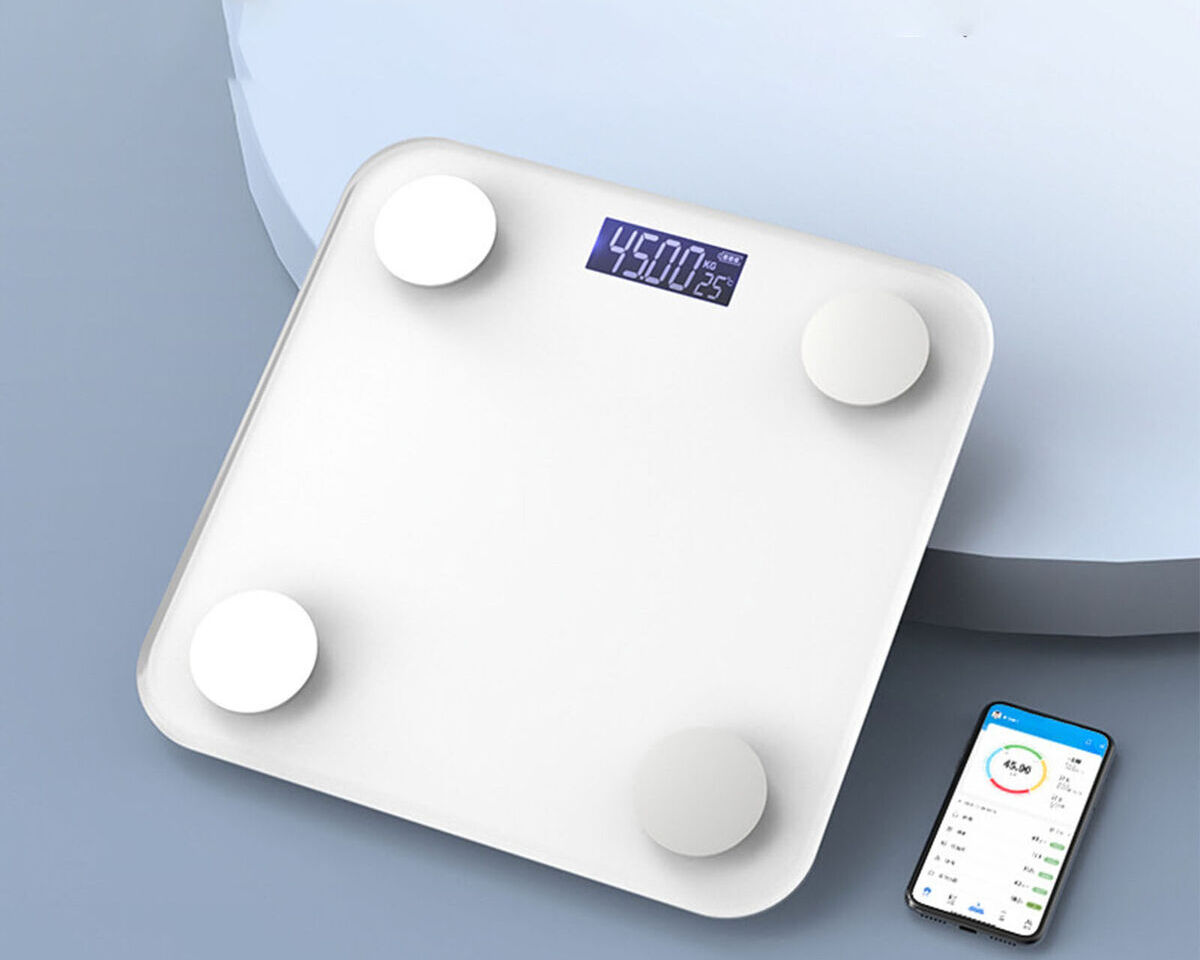





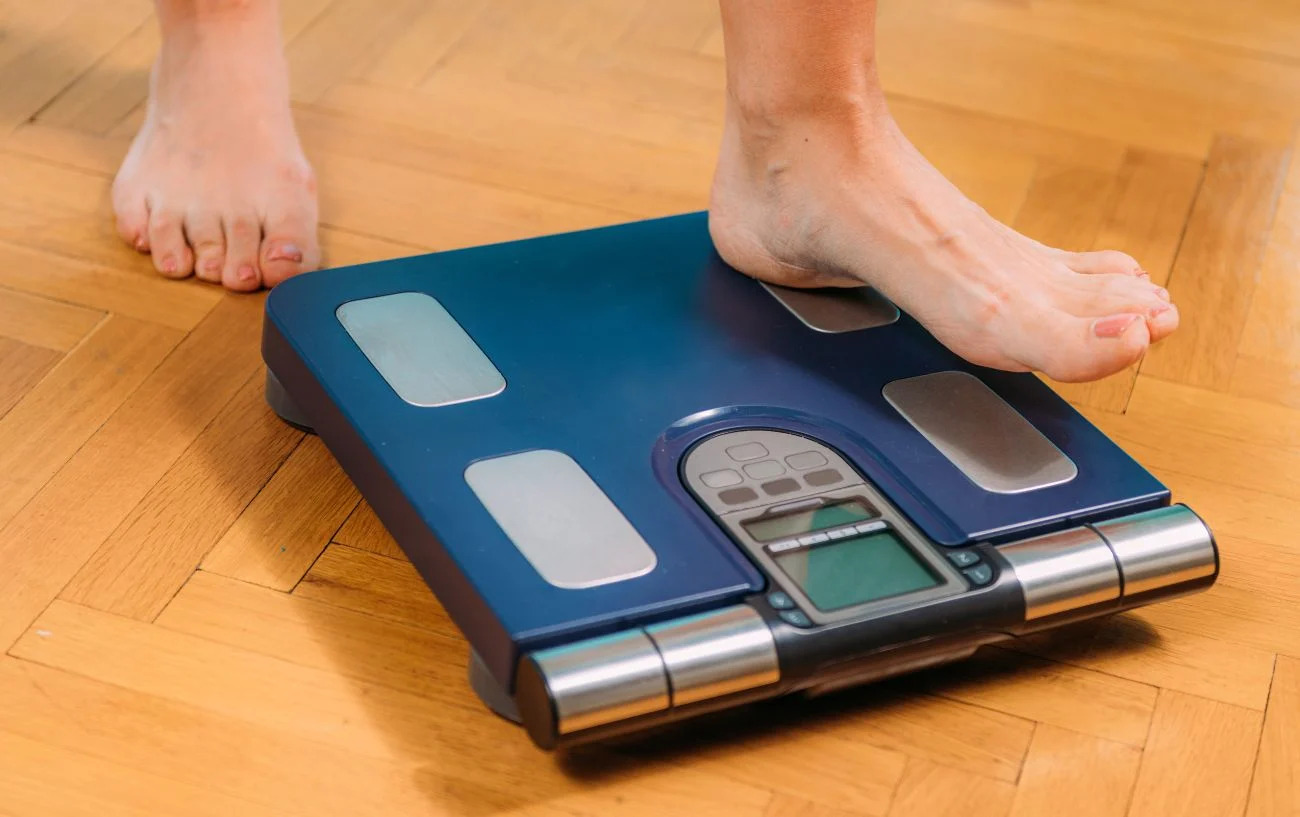

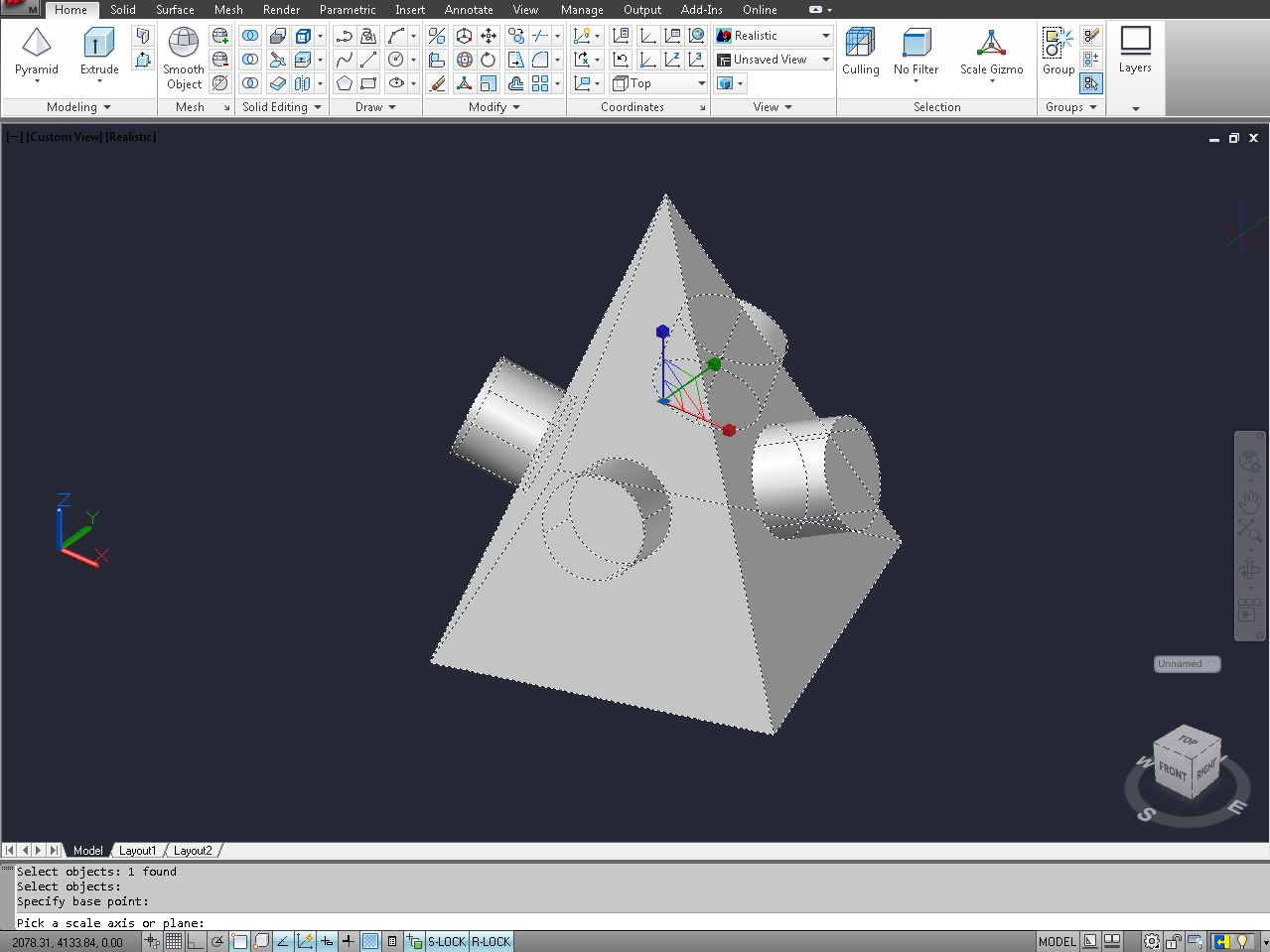



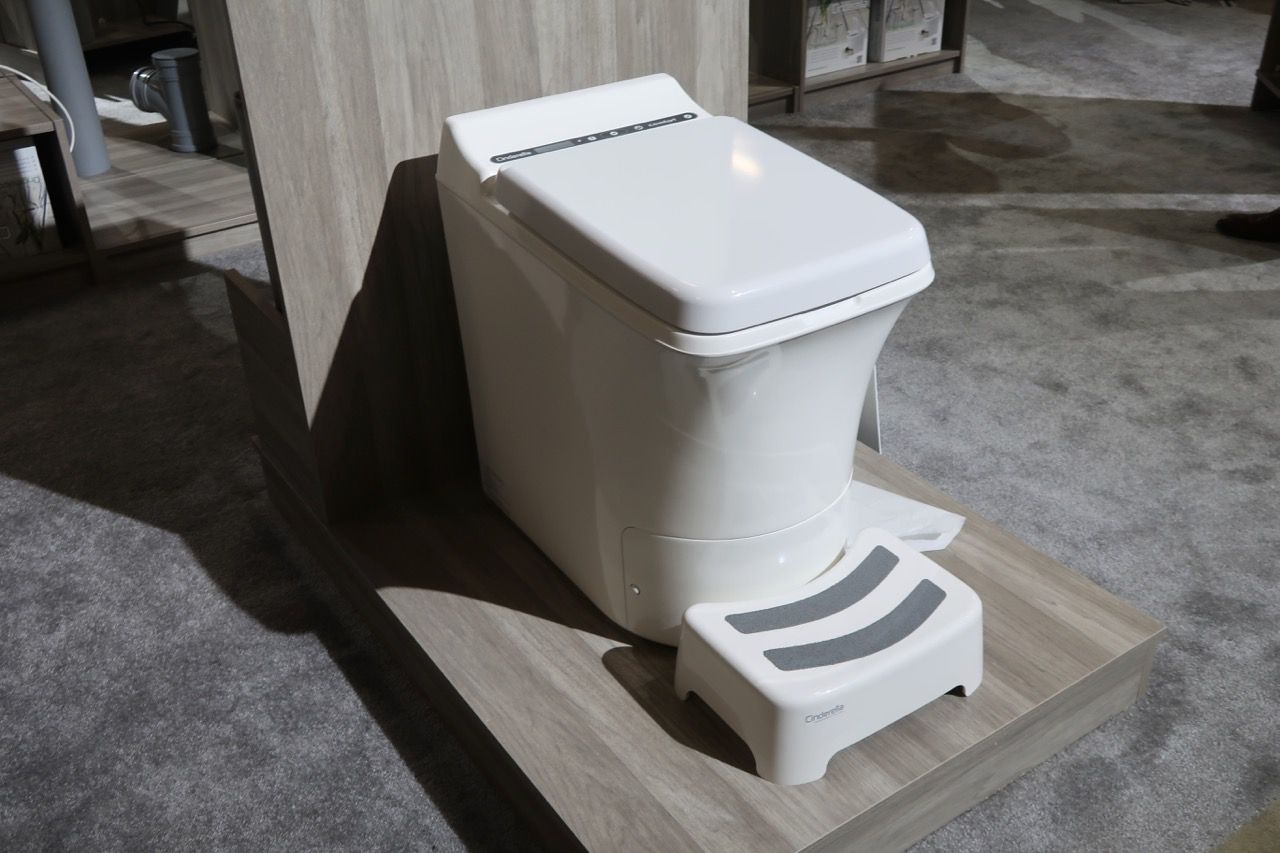


0 thoughts on “How A Digital Weight Scale Works”